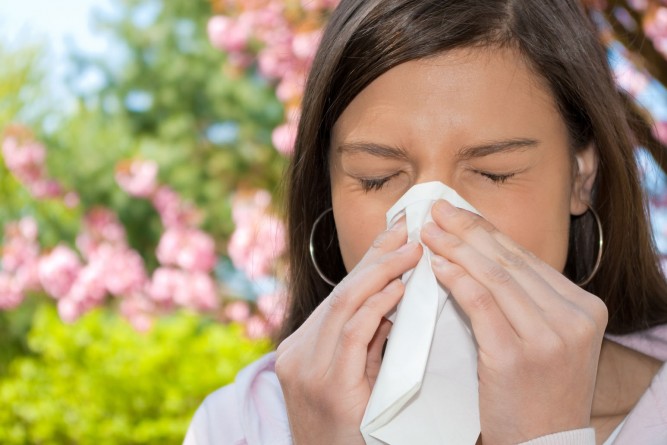The lungs are constantly exposed to danger from the dusts we breathe. Excessive inhalation of dust may result in disease. To avoid respiratory or other problems caused by exposure to dust, hazardous substances should be substituted with non-hazardous substances. Cleaning the air that your breathe is the most effective way to combat these harmful substances and removing them from the air that we breathe.
How Do Dust Mite Allergens Affect Health?
Mites are one of the major indoor triggers for people with allergies and asthma. Dust mite exposure can even cause asthma.
Chronic, ongoing exposure to dust mites at home can dramatically impact the health of people with asthma and those who are allergic or particularly sensitive to mites. These allergens cause an immune system response, known as allergic rhinitis. A dust mite allergy can range from mild to severe. A mild case may cause an occasional runny nose, watery eyes and sneezing. In severe cases, the condition is ongoing, or chronic, resulting in persistent sneezing, cough, congestion, facial pressure or severe asthma attack. People with asthma who are sensitive to mites face an increased risk of flare-ups or an asthma attack.
Where Do Dust Mites Come From?
Where Do Dust Mites Come From?
Dust mites occur naturally and can appear in nearly all homes. Humidity is the most important factor in determining whether a house has high concentrations of dust mites. Dust mites do not drink water like we do; they absorb moisture from the air. In areas with low humidity, like deserts, dust mites cannot survive.
Who Should Be Concerned about Dust Mites?
Who Should Be Concerned about Dust Mites?
People with allergies to dust mites or with asthma triggered by dust mite allergies need to reduce dust mites in their homes. Older homes, homes located in regions with humid climates, lower income residences and homes where a musty or mildew odor is present are more likely to have high concentrations of dust mites.
Dust mite allergens, unlike pet allergens, do not usually stay airborne. They cling to particles that are too heavy to remain in the air for long. Dust mite allergens settle within minutes into dust or fabrics, such as pillows, bedding or upholstered furniture, which serve as nests. Most exposure to dust mite allergens occurs while sleeping and when dust is disturbed during bed-making or other movement.


